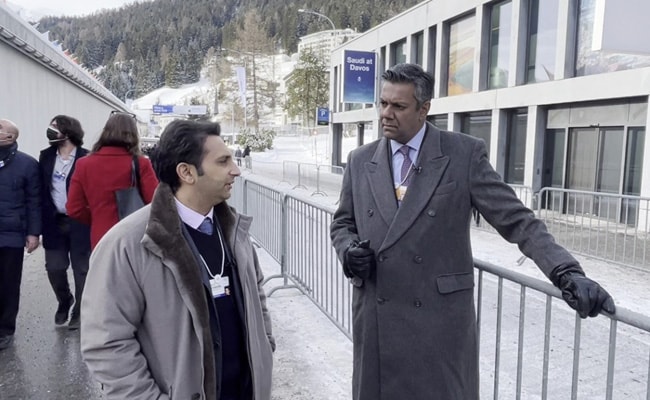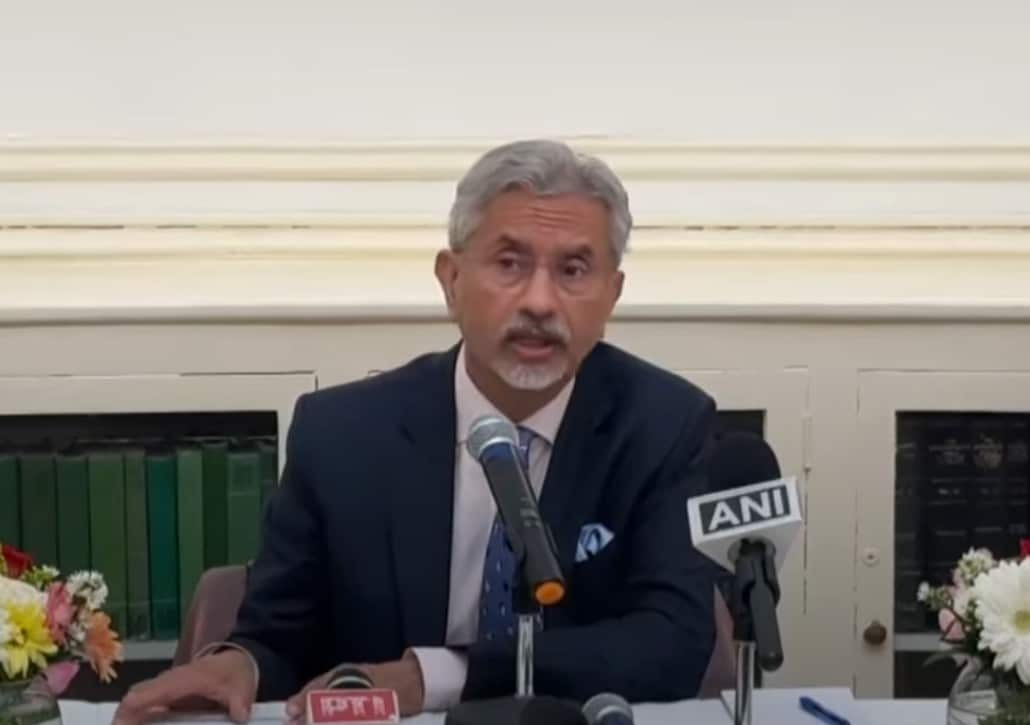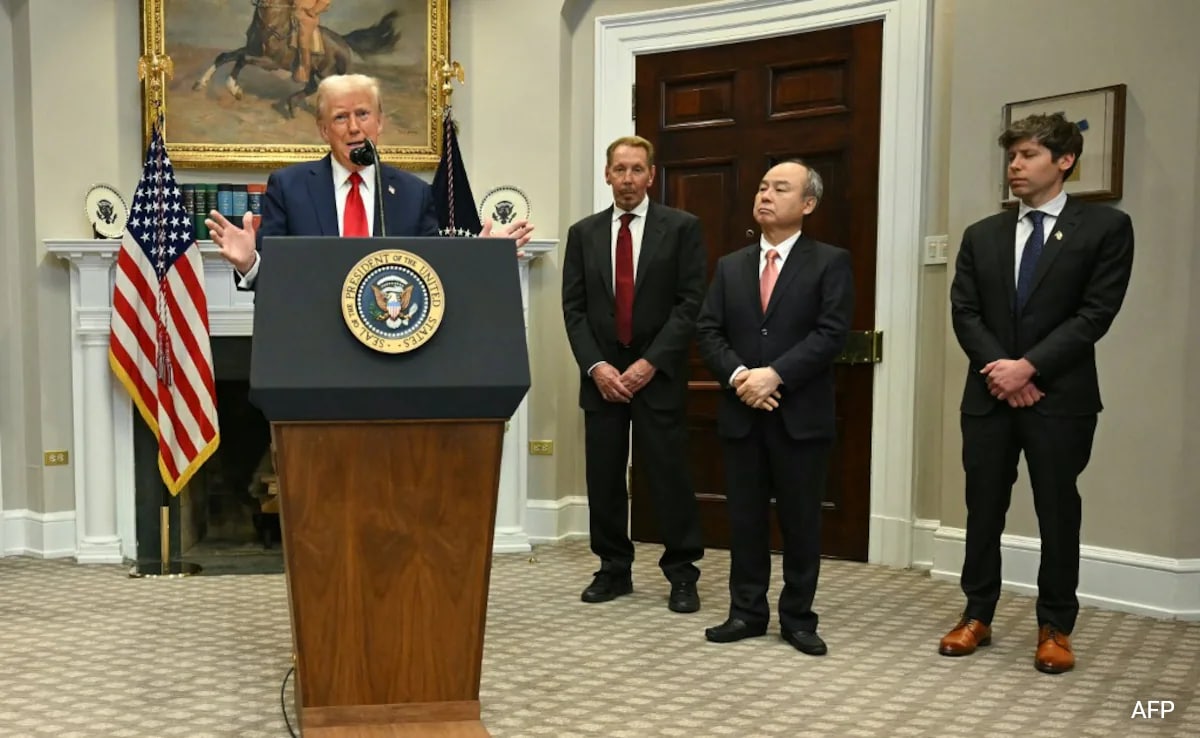From a few rain gauges in 1875 to rivalling the world’s best weather agencies, the India Meteorological Department (IMD) has weathered its way to becoming a global leader in forecasting. Born out of calamities — a devastating cyclone in 1864 and monsoon failures in 1866 and 1871 — the IMD, turning 150 on January 15, has transformed from a humble setup into a cutting-edge hub of weather science.
“HF Blandford, the first Meteorological Reporter to the then Government of India, prepared the first rainfall map of the country (undivided India) using data from 77 rain gauges… The IMD has come a long way since its modest start,” IMD Director General Mrutyunjaya Mohapatra told PTI.
According to its 2023 report, the IMD operates 39 Doppler Weather Radars, INSAT 3D/3DR satellites providing 15-minute cloud updates, and a robust network of 806 Automatic Weather Stations, 200 Agro-AWS, 5,896 rain monitoring stations, 83 lightning sensors and 63 Pilot Balloon Stations.
The IMD’s key advancements include rapid severe weather assessments (2015), 6-minute cyclone scans (2018) and upgraded satellite systems.
Its advanced numerical weather prediction models now deliver seamless forecasts from a few hours to an entire season, backed by high-resolution global models and seasonal forecast systems introduced between 2016 and 2021.
Mohapatra said improvements in observations, communication, modelling and infrastructure have significantly enhanced weather and climate services.
“Forecast accuracy for severe weather events improved by about 50 per cent in 2023 compared to 2014. This has significantly reduced the loss of lives and property during extreme weather events,” he said.
By 2023, the accuracy of five-day forecasts matched the one-day forecast accuracy of 2017. Cyclone landfall forecasts have become highly precise, with zero error in most cases (20 km for 24-hour forecasts).
The 24-hour forecast accuracy stands at 80 per cent for heavy rainfall, 86 per cent for thunderstorms, and 88 per cent for heat and cold waves.
To make this information accessible to the public in simple language, the IMD has launched several mobile applications, including ‘Mausam’, which provides weather forecasts for every location in the country.
The IMD achieved all this despite India’s complex weather patterns compared to many developed countries.
M Ravichandran, Secretary, Ministry of Earth Sciences, said India’s tropical weather is characterised by extreme variations, making it more challenging to predict than Europe’s relatively stable weather patterns.
“Our weather challenges are more complex. Still, on a global level, the IMD is ranked among the top three weather agencies, the other two being the National Weather Service of the US and the European Centre for Medium-Range Weather Forecasts,” he said.
Mohapatra said that in 2010, the IMD’s cyclone forecast accuracy was 50 per cent lower than the US National Weather Service. “Today, our forecast accuracy is 30 per cent better than that of the US National Hurricane Centre,” he said.
“If you look at the lead time of forecasts and data resolution, we are on par with or better than many developed countries,” the IMD chief said.
The IMD not only serves India but also provides cyclone forecasts and warnings to 13 North Indian Ocean countries and weather services to SAARC nations. It is helping Nepal, the Maldives, Sri Lanka, Bangladesh and Mauritius develop early warning systems to reduce the loss of life and property caused by worsening extreme weather events.
As weather patterns grow more unpredictable globally due to the climate crisis, the IMD is taking a giant leap with ‘Mission Mausam’ to improve weather understanding and forecasting through expanded observation networks, better modelling and advanced tools like AI and machine learning.
The mission includes creating a laboratory to artificially develop clouds, increasing the number of radars by over 150 per cent and adding new satellites, supercomputers and other innovations.
Ravichandran said the long-term goal is to move from just predicting weather to managing it, making India weather-ready and climate-smart.
(Except for the headline, this story has not been edited by NDTV staff and is published from a syndicated feed.)




